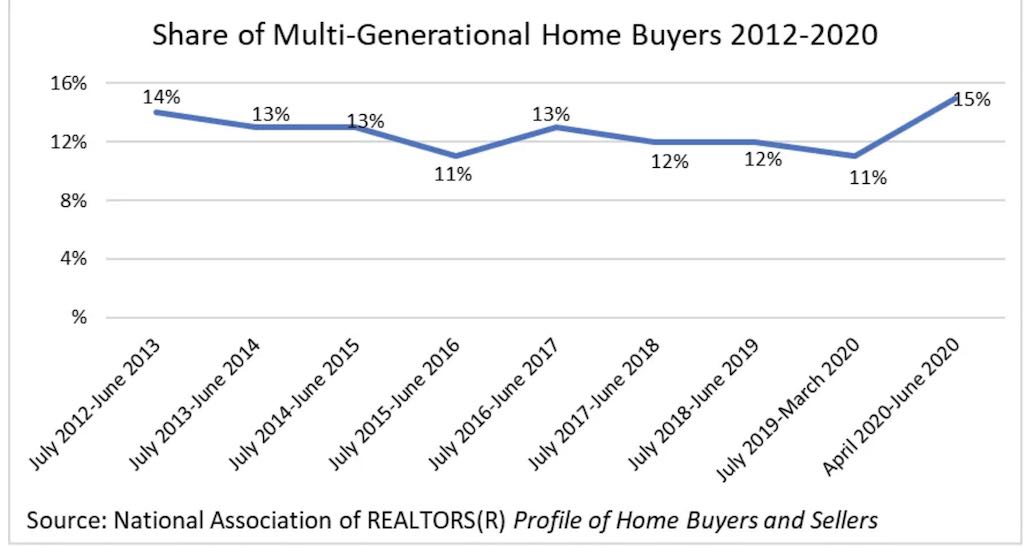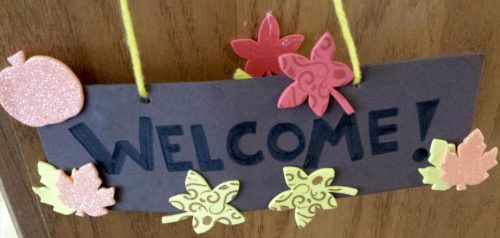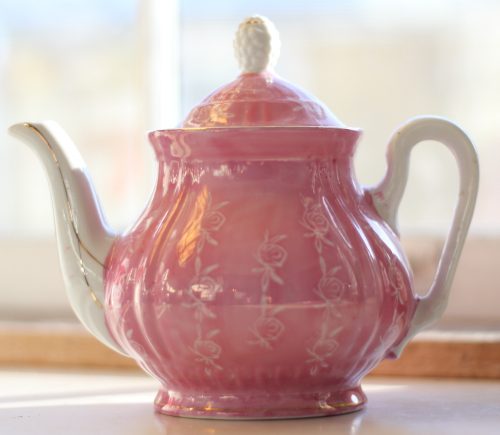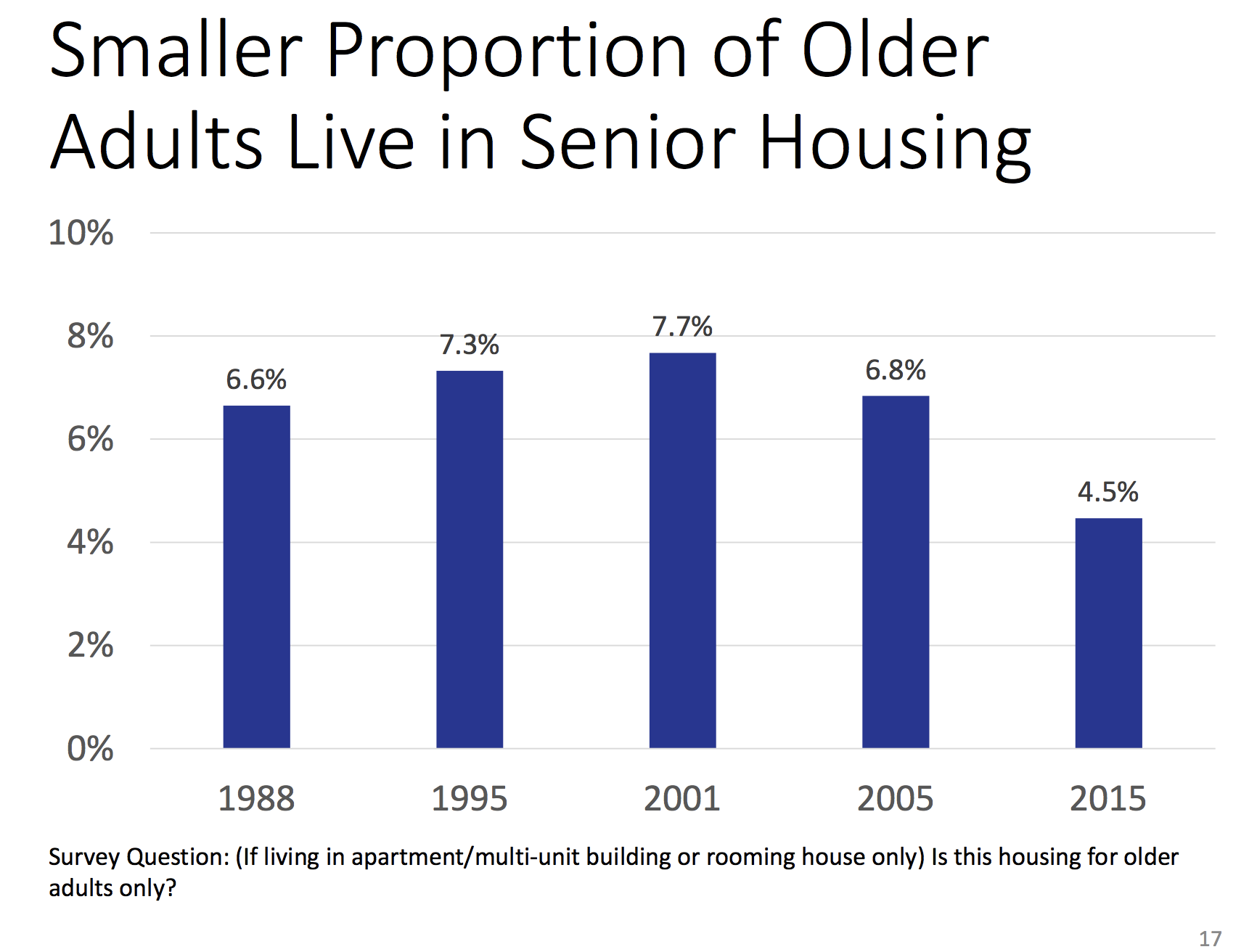
I don’t use a lot of paper these days but I still use some. There are actually people living among us who do not use the internet or have email accounts or even a smartphone.
That makes my job a little harder. Instead of using electronic signatures and email, I print paper documents deliver them for signature, and then scan the signed documents and email them to Realtors, title companies, and lenders.
After the documents have been scanned I need to dispose of the paper documents. There are people who keep paper records forever but I am not one of those people. For me everything is digital and everything is automatically backed up.
If you made it this far this is where the mulch happens. I run the paper documents through my paper shredder. The resulting pieces are small and the recyclers do not want them. I hate throwing anything that is reusable or recyclable in the trash which is why I use it as mulch. I have also experimented with composting it.
I don’t use it to mulch vegetables. I use a layer of it around ornamental plants and I add a layer of dead leaves on top.
If you have a neighbor or friend or loved one who doesn’t use the internet or have a cell phone or email or uses some technology but not much and if they live within the city limits of St Paul or nearby. I am happy to help and I can always use more mulch for my hostas.




